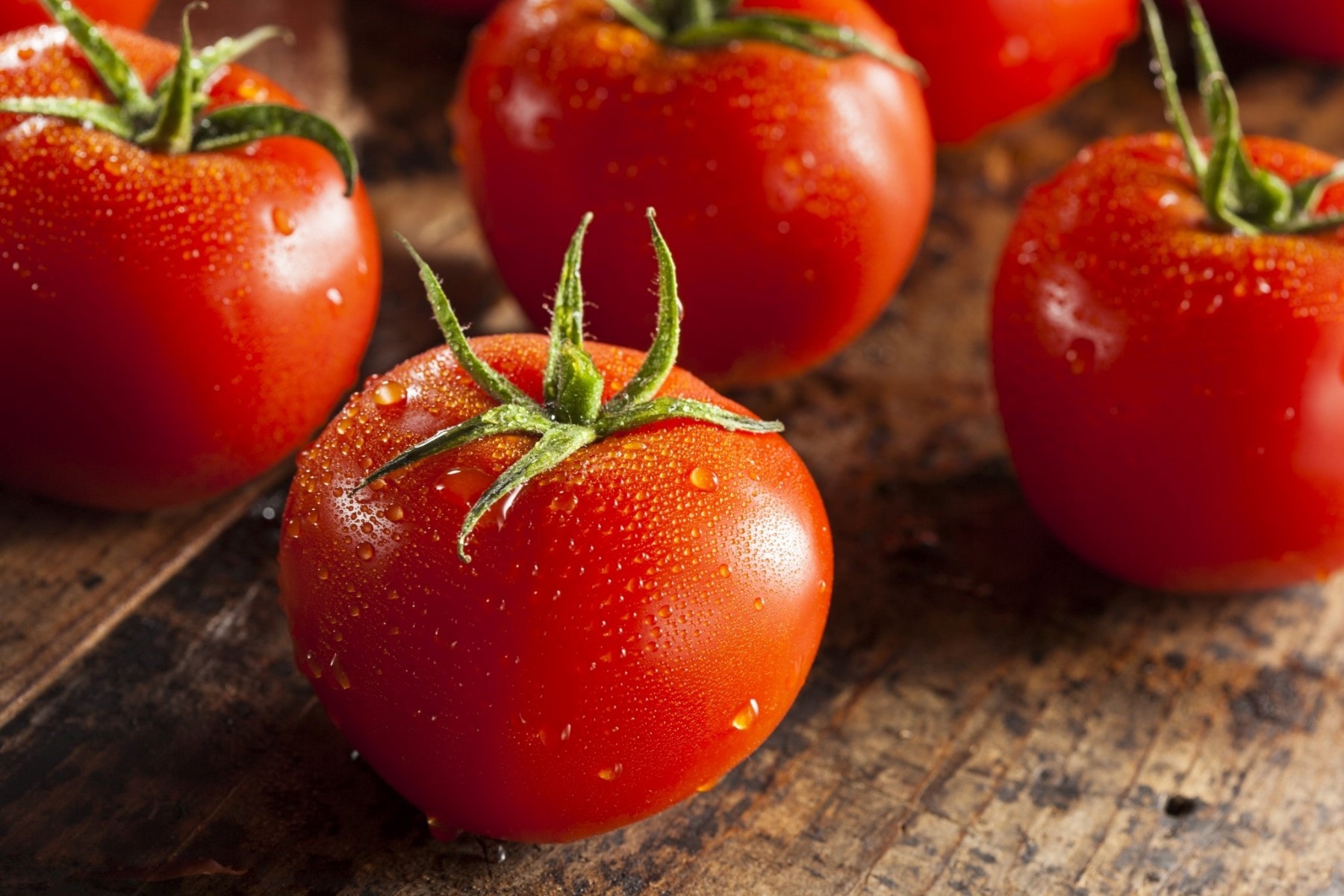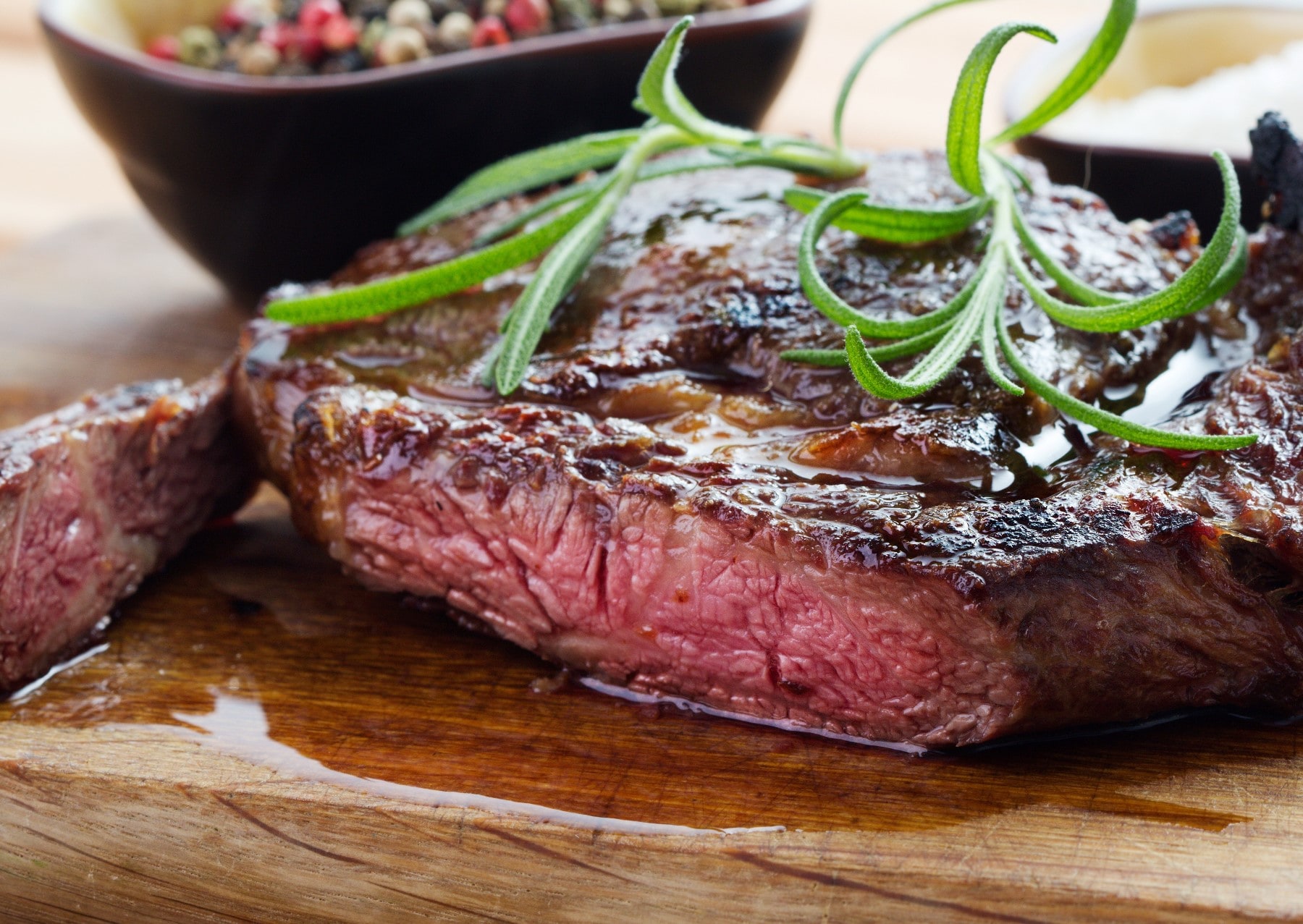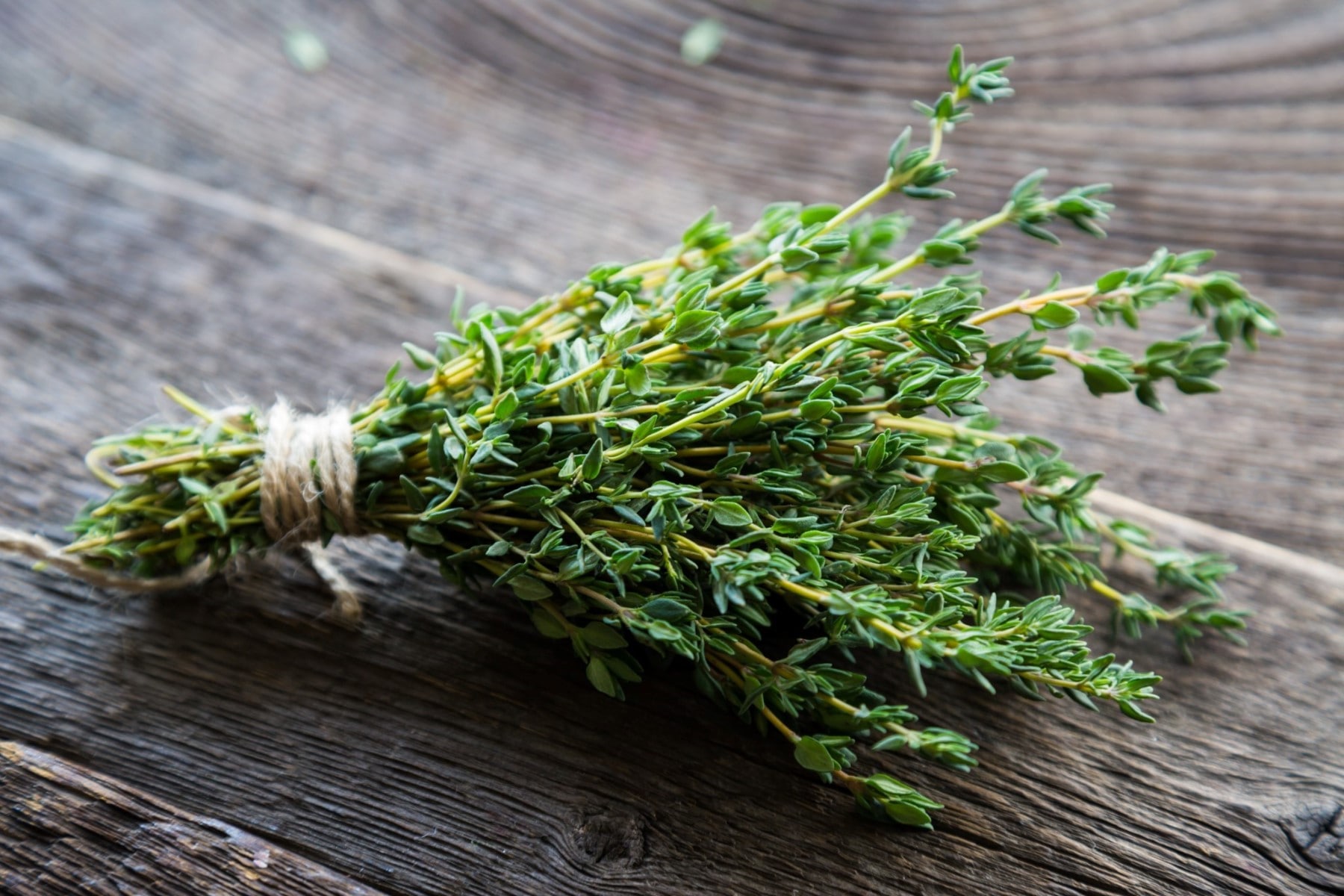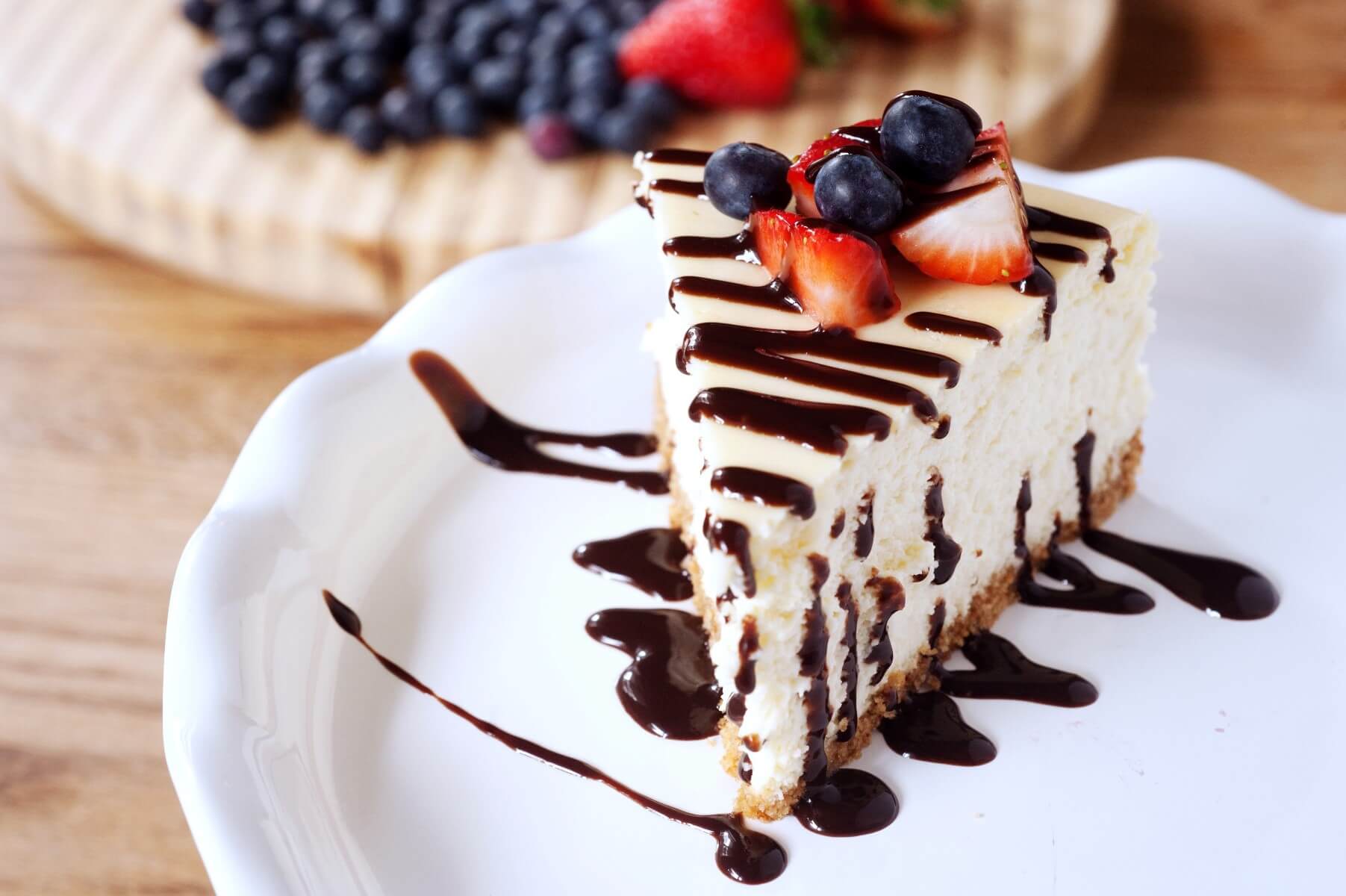

When it comes to food and wine, one plus one often does not equal two.
Food is great. Wine is great. So it’s simple, right? All you have to do is pick your favourite foods and pick your favourite wines and you're all set.
Wrong!
Wines can, of course, enhance the flavours of your meal, and sometimes create truly exceptional flavour experiences. Likewise, they can often clash and destroy your flavour experience. If you’ve ever tried drinking a bottle of Shiraz with a spicy Thai dish, then you’ll know what I mean.
But there are thousands of different foods and wines. That’s a lot of pairings to memorise.
Lucky for us there are five go-to formulas that sommeliers and chefs use to cover almost all their dishes.
**Before we get to that, there are two styles of matching I want you to keep in mind:**
-
Congruency - This is where you match similar flavours so that the flavour party in your mouth is all dancing to the same drumbeat.
-
Complementary - This is where opposing flavours combine to create an even greater flavour. (picture of a jigsaw puzzle)
Okay, now that you’ve got these two styles in the back of your mind, it’s time to move onto the go-to formulas.
Acidic - Congruency

I love Malbec. I love it with red meat. I love it with fatty fish. I love it with roast chicken. But one food that I don’t love it with is pizza. Which is a shame because I love them both so much, I want us all to be able to hang out together.
The reason is that Malbec has a low acidity profile. It can’t stand up top all the acidic tomatoeyness found in most pizzas. Add some salty meat like prosciutto and you’re really in trouble.
An acidic dish will turn what can be a delightfully fruity, rich wine into a flabby, lifeless drop.
So if you are going to be eating an acidic meal, such as anything tomato-based or lemon-based, then your best bet is an acidic wine.
You can still drink wines across the richness profile as this is often independent of its acid profile. Pinot Noir, Sangiovese and even Shiraz are all high in acidity.
One useful guideline is to look at the types of wine favoured in the countries the food originates from. For instance, the highly acidic Sangiovese is one of Italy’s favourite wines. With hundreds of years of eating pizza and pasta and drinking wine, it’s no accident they have this match down pat.
Spicy - Complementary

Spicy food has the tendency to lay waste to many a promising wine pairing. If you’ve been burnt before (pun intended ;), you’ve probably been sticking to water or beer when eating lots of chillies.
But you should give chilli and wine another shot. Alcohol is a natural solvent of chilli acid. Wine, with its 9-14% alcohol, does a much better job of nullifying the burn than beer, with its 4-5% alcohol content.
Okay, by that logic we should be drinking vodka with our Thai food. Not so fast. Alcohol does play a part as a solvent for chilli, but there’s an even bigger weapon in our arsenal, and it is called sugar.
Sugar is a powerful force against burning mouths as it absorbs a lot of the capsaicin (the spicy stuff in chilli responsible for the burning). And it’s something the best spicy food-eating cultures have known for centuries. At the best restaurants in Bangkok when the uninitiated aren’t ready for the heat and start to cry from their burning tongues, they will treat you with slices of apple coated in sugary syrup.
I know because this has happened to me... A lovely old Thai lady took pity on me when I was crying into my Somtam.
Okay, so where does wine come in?
A slightly sweet wine such as an off-dry Rieslinghas some of the natural sugar from the grapes left over from the fermenting process. The winemakers will stop the fermentation process before all the sugar is converted into alcohol (the process for completely dry/non-sweet wines). This residual sugar dulls the heat, allowing you to taste the underlying flavours in the food.
And as a bonus, the wine no longer tastes as sweet, so it’s a winner even for people who don’t like sweet wines.
Fat or Rich - Complementary

The once-demonised fat has made a comeback in recent times as scientists reveal it might not be as bad for our health as they once thought. The good news for us is that fat is back on the menu! Quick, let’s get stuck in before they take it away again.
The thing with fatty dishes, like a juicy wagyu steak or bread drenched in olive oil, is that it can feel like the fat is smothering your taste buds, especially the roof of your mouth.
This is where tannins come in. They are a compound found in grape skins and seeds that have an astringent quality, meaning they make your mouth pucker. (Side note, if you want to get a better appreciation for tannins, put a used tea bag in your mouth.) Their hidden wine-related super power is that they act as a scraper for the fat particles crowding your mouth. When a fatty dish and tannins combine, they counteract each other, letting the underlying flavours of the dish and the wine shine through.
Generally, heavier wines are higher in tannins, so if you’re choosing an indulgent fatty dish, head towards a Cab Sav or Shiraz.
Herbs - Congruency

When it comes to dishes that are heavy with non-spicy herbs (we’re talking Middle Eastern, Moroccan, Greek, non-spicy Mexican, and so on), it’s best to try to match these flavours with wines that have a herbaceous quality to them.
Okay, great. But how do you know which wines have herby flavours?
Unfortunately, this requires a bit of memory and experimentation. Often your waiter or sommelier will be able to point you in the right direction. And once you hit a winning herb flavour and wine combo, it’s going to be hard to forget. It’s that good!
Let’s look at some prime examples to get you started:
Reds
Grenache is the king of herbaceous red wine. It often tastes of cloves, liquorice, rosemary, chilli and even tobacco. Use it as your go-to red wine for herb-encrusted dishes.
Shiraz, especially Australian, has a strong pepper flavour to it, and because it’s also a heavy red it's good for matching with red meat, so use it as your go-to wine for any steaks with pepper, gravy or other herby sauces.
Whites
Sauvignon Blanc, although refreshingly acidic, also has many strong flavours like basil, sage or lemongrass. It’s can be used as a go-to wine for any lighter herb dishes such as herb-crusted baked fish.
Semillon has a distinct gingery flavour, which can be a great match to the pickled ginger found accompanying many Japanese dishes.
Viognier is a stronger white that has an oily aromatic flavour which tastes of anise and white pepper and can match heavier Chinese or Peruvian dishes.
Sweet - Congruency

We’ve left dessert for last. And it's going to divide you into two camps: those who love sweet things, and those who can’t handle the sugar. And that’s because the only way to battle sweetness is with more sweetness.
A sweet dessert is going to trump the flavours of almost all non-sweet wines. The flavours will either clash mightily and both will come out worse for wear, or it will just leave the wine tasting lifeless.
Your mission is to find a wine that’s sweeter than the dessert so it can take the lead. Ask for a glass of port, a dessert wine or even some sweet bubbly.
For those with a sweet tooth, it could just be your idea of food heaven. If this doesn’t sound like your sugary dream, then perhaps skip the wine with dessert or order the cheese platter instead.
Okay, so now you have the foundation tools to pick great bottles of wine to match your favourite dishes! Now it’s time to put your knowledge into practice. Either start with your favourite foods and find wines to match, or start with your favourite wines and try some new cuisines.
And if you’re in a bit of rut with wine and want to try something new, take our wine palate quiz to get some ideas of what your taste buds may enjoy.
Next up: Take our Wine Palate Quiz and match your personal tastes to your top three wine types
Do you know your wine personality? If your answer is no, take our quiz to find out which wines to pick up next and build your box!
Build my box





